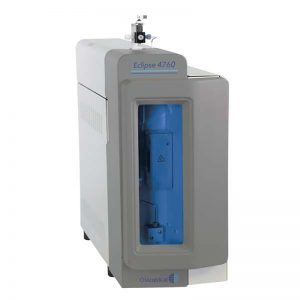1,2,3-Trichloropropane (TCP) was used in the past as an industrial solvent, a cleaning and degreasing agent, and in the manufacture of soil fumigants. It is currently used as a chemical intermediate in the production of other chemicals such as polysulfone liquid polymers, dichloropropene, and hexafluoropropylene. It is also used as a cross-linking agent in the synthesis of polysulfides. TCP is manufactured for uses in many industries, but may also be an unwanted by-product in the production of other chemicals such as epichlorohydrin, dichloropropene, propylene oxide, propylene chlorohydrin, dichlorohydrin, and glycerol.
TCP is a contaminant of interest to the government and private sector because of its persistence in groundwater and its classification as a likely carcinogen by the USEPA. It does not tend to stay in the soil; therefore, it either leaches into the groundwater or evaporates from the soil surface. Once it enters the groundwater, it sinks to the bottom of the aquifer since its density is greater than that of water and because of low degradation rates may remain in groundwater for a long time.
The State of California recognizes TCP to be a carcinogen and known toxin. A maximum contaminant level (MCL) was established at 0.000005 mg/L (5 ppt) effective on December 14, 2017 with initial monitoring to start the first quarter of 2018. It is possible this low, as well as difficult, limit to achieve will be required by other states and the United States as a whole in the future. This poster will explore the analysis of TCP by purge and trap concentration with separation and detection by gas chromatography/mass spectrometry (GC/MS) using selective ion monitoring (SIM).


